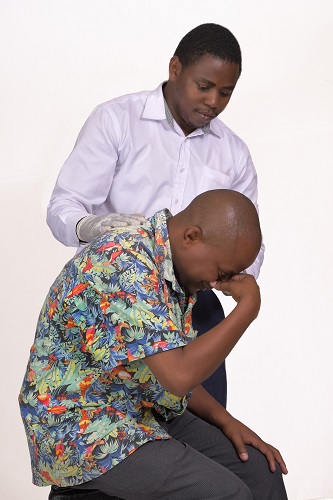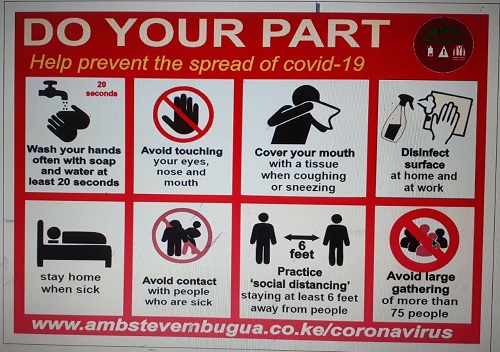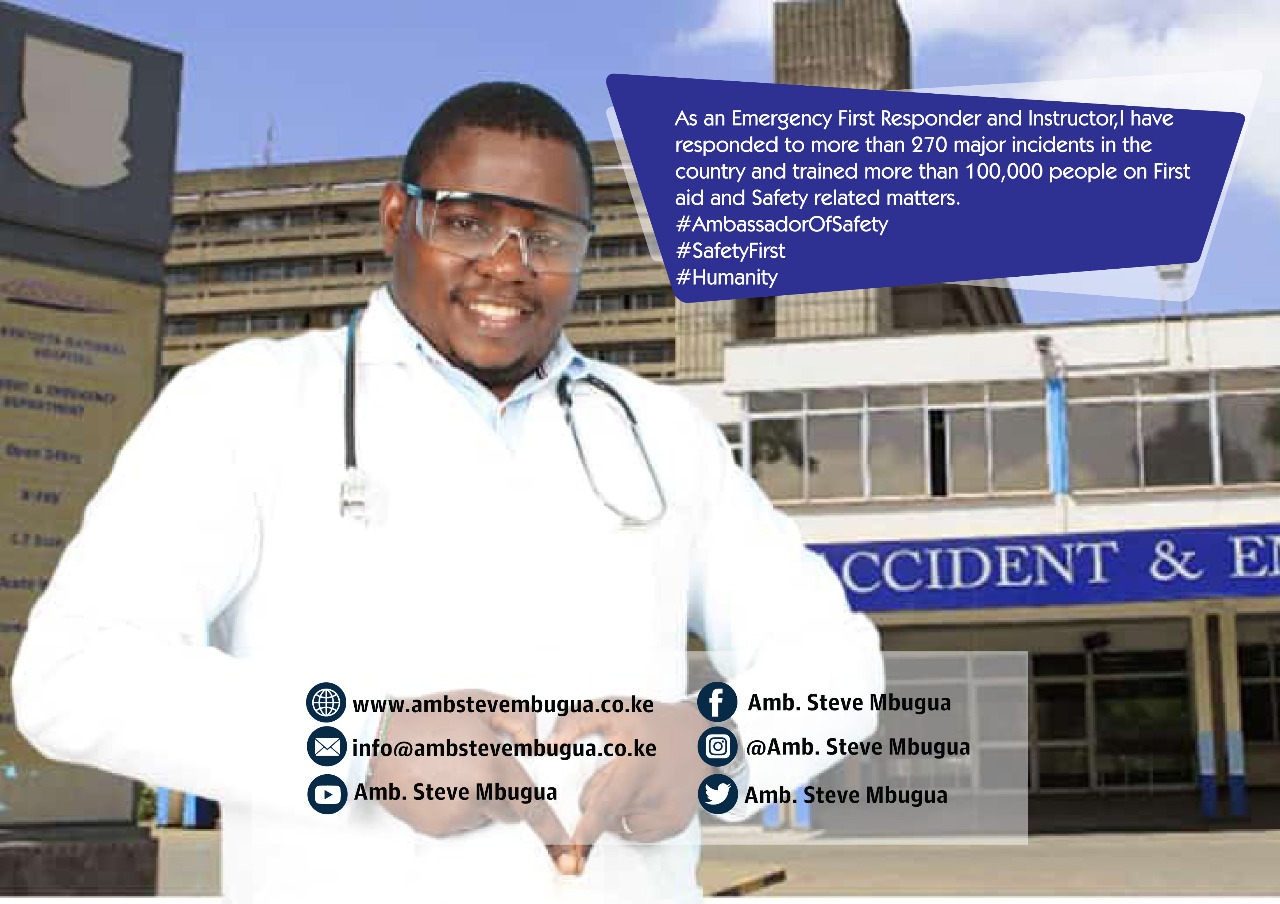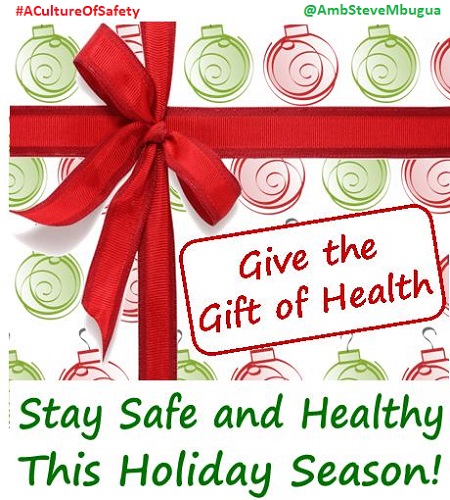Children and kids’ safety is crucial for ensuring their well-being and protecting them from potential hazards in various environments. As Ambassador Steve Mbugua, the globally recognized Ambassador of Safety, I am dedicated to advancing safety practices that cater specifically to the needs of young individuals. In this article, we explore essential strategies for enhancing safety for children and kids, including childproofing homes, implementing effective supervision, educating children on safety awareness, and adhering to safety regulations in schools and public spaces. By prioritizing safety, we can create secure environments that support the healthy development and protection of our young ones. Let’s examine the key components of effective safety management for children and work together to ensure their safety and well-being.
Ensuring the safety of children is a paramount concern that spans various environments, activities, and potential hazards. Comprehensive safety measures must be implemented to protect children from accidents, injuries, and other dangers. This detailed guide will cover multiple aspects of children’s safety, including home safety, school safety, outdoor safety, digital safety, travel safety, and emergency preparedness.
Classification of Children Safety
1. Home Safety
2. School Safety
3. Outdoor Safety
4. Digital Safety
5. Travel Safety
6. Emergency Preparedness
1. Home Safety
1.1 Poison Prevention
Hazards:
• Household cleaners, medications, and chemicals.
Safety Measures:
• Childproof Locks: Install childproof locks on cabinets containing hazardous substances.
• Safe Storage: Store chemicals and medications out of reach of children.
• Education: Teach children about the dangers of ingesting unknown substances.
1.2 Fall Prevention
Hazards:
• Stairs, windows, and furniture.
Safety Measures:
• Safety Gates: Install gates at the top and bottom of stairs.
• Window Guards: Place guards on windows to prevent falls.
• Furniture Anchoring: Secure heavy furniture to walls to prevent tipping.
1.3 Burn and Scald Prevention
Hazards:
• Hot liquids, stoves, and electrical appliances.
Safety Measures:
• Temperature Control: Set water heater temperature to a safe level (below 120°F).
• Kitchen Safety: Keep children away from the stove and hot appliances.
• Electrical Safety: Use outlet covers to prevent electrical shocks.
1.4 Drowning Prevention
Hazards:
• Bathtubs, pools, and buckets.
Safety Measures:
• Supervision: Never leave children unattended near water.
• Pool Fences: Install fences around pools with self-latching gates.
• Bath Safety: Use non-slip mats and never leave water-filled buckets within reach.
1.5 Choking and Suffocation Prevention
Hazards:
• Small toys, food, and plastic bags.
Safety Measures:
• Toy Selection: Choose age-appropriate toys without small parts.
• Food Safety: Cut food into small pieces and supervise eating.
• Plastic Bag Safety: Keep plastic bags out of reach of children.
2. School Safety
2.1 Bullying Prevention
Hazards:
• Physical, verbal, and cyberbullying.
Safety Measures:
• Awareness Programs: Implement anti-bullying programs and education.
• Reporting Systems: Establish anonymous reporting systems for bullying incidents.
• Support Services: Provide counseling and support for victims of bullying.
2.2 Playground Safety
Hazards:
• Falls, equipment-related injuries.
Safety Measures:
• Equipment Inspection: Regularly inspect playground equipment for safety.
• Safe Surfacing: Use impact-absorbing surfaces like rubber mulch or sand.
• Supervision: Ensure adequate adult supervision during playtime.
2.3 Fire Safety
Hazards:
• Fires and smoke inhalation.
Safety Measures:
• Fire Drills: Conduct regular fire drills to familiarize children with evacuation procedures.
• Smoke Detectors: Ensure smoke detectors are installed and functional.
• Escape Plans: Develop and practice escape plans for different scenarios.
2.4 Security Measures
Hazards:
• Unauthorized access, abductions.
Safety Measures:
• Controlled Access: Implement controlled access points and visitor check-ins.
• ID Badges: Use ID badges for staff and students.
• Surveillance: Install security cameras and monitor school premises.
2.5 Health and Hygiene
Hazards:
• Illness transmission, poor hygiene practices.
Safety Measures:
• Handwashing Stations: Ensure availability of handwashing stations with soap.
• Health Education: Teach children about proper hygiene practices.
• Vaccination Requirements: Enforce vaccination policies to prevent outbreaks.
3. Outdoor Safety
3.1 Traffic Safety
Hazards:
• Road accidents, unsafe crossings.
Safety Measures:
• Crossing Guards: Utilize crossing guards at busy intersections near schools.
• Pedestrian Education: Teach children about road safety rules and the importance of using crosswalks.
• Visibility: Encourage the use of reflective clothing and accessories.
3.2 Sun Safety
Hazards:
• Sunburn, heat exhaustion.
Safety Measures:
• Sunscreen: Apply sunscreen with appropriate SPF before outdoor activities.
• Hydration: Ensure children drink plenty of water to stay hydrated.
• Protective Clothing: Use hats and long sleeves for sun protection.
3.3 Stranger Danger
Hazards:
• Abductions, harassment.
Safety Measures:
• Safety Plans: Teach children about safe routes and what to do if approached by strangers.
• Buddy System: Encourage children to play and travel in groups.
• Emergency Contacts: Ensure children know how to contact trusted adults in case of an emergency.
3.4 Bike and Skateboard Safety
Hazards:
• Falls, collisions.
Safety Measures:
• Helmet Use: Ensure children wear helmets and protective gear.
• Safe Areas: Encourage biking and skateboarding in safe, designated areas.
• Equipment Checks: Regularly check bikes and skateboards for safety.
4. Digital Safety
4.1 Online Privacy
Hazards:
• Identity theft, privacy invasion.
Safety Measures:
• Privacy Settings: Teach children to use privacy settings on social media and other online platforms.
• Personal Information: Educate children about not sharing personal information online.
• Parental Controls: Use parental control software to monitor and restrict online activities.
4.2 Cyberbullying
Hazards:
• Harassment, emotional distress.
Safety Measures:
• Awareness Programs: Implement cyberbullying awareness and prevention programs.
• Reporting Mechanisms: Provide clear methods for reporting cyberbullying incidents.
• Support Services: Offer counseling and support for victims of cyberbullying.
4.3 Safe Online Behavior
Hazards:
• Inappropriate content, online predators.
Safety Measures:
• Internet Safety Education: Teach children about safe browsing and recognizing harmful content.
• Supervised Access: Monitor children’s internet usage and set time limits.
• Trusted Adults: Encourage children to talk to a trusted adult if they encounter something uncomfortable online.
5. Travel Safety
5.1 Car Safety
Hazards:
• Car accidents, improper use of car seats.
Safety Measures:
• Car Seat Installation: Ensure car seats are correctly installed and appropriate for the child’s age and size.
• Seat Belts: Teach children the importance of wearing seat belts at all times.
• Never Leave Unattended: Never leave children unattended in a vehicle.
5.2 Air Travel Safety
Hazards:
• Turbulence, emergency situations.
Safety Measures:
• Seat Belts: Ensure children are buckled up during takeoff, landing, and turbulence.
• Identification: Keep identification and important documents handy.
• Emergency Procedures: Explain emergency procedures to children in a calm manner.
5.3 Public Transportation Safety
Hazards:
• Getting lost, accidents.
Safety Measures:
• Stay Together: Keep children close and ensure they understand the importance of staying with the group.
• Emergency Plans: Have a plan in place if children get separated from the group.
• Awareness: Teach children to be aware of their surroundings and recognize safe adults (e.g., police officers, transit staff).
6. Emergency Preparedness
6.1 Natural Disasters
Hazards:
• Earthquakes, floods, hurricanes.
Safety Measures:
• Emergency Kits: Prepare emergency kits with essentials such as water, food, and first aid supplies.
• Drills and Practice: Conduct regular drills to practice emergency procedures.
• Safe Zones: Identify safe zones within the home and community.
6.2 Fire Emergencies
Hazards:
• House fires, wildfires.
Safety Measures:
• Smoke Alarms: Install smoke alarms and check them regularly.
• Escape Plans: Develop and practice fire escape plans.
• Fire Extinguishers: Keep fire extinguishers accessible and teach children how to use them.
6.3 Medical Emergencies
Hazards:
• Injuries, sudden illnesses.
Safety Measures:
• First Aid Training: Provide basic first aid training to older children.
• Emergency Contacts: Ensure children know how to contact emergency services and trusted adults.
• Medical Information: Keep a record of medical information, including allergies and medications, readily available.
Children’s safety encompasses a wide range of environments and potential hazards. By implementing comprehensive safety measures, educating children and caregivers, and staying vigilant, we can create safe and secure environments for children to thrive. Continuous awareness, training, and adherence to safety protocols are essential in preventing accidents and ensuring the well-being of children.
In conclusion, ensuring the safety of children and kids is a fundamental aspect of creating secure and nurturing environments. As the Ambassador of Safety, I have highlighted the importance of proactive measures such as childproofing, effective supervision, and education on safety awareness. By adopting these strategies, we can significantly reduce risks, enhance safety, and provide a supportive environment for children’s growth and development. Let us commit to championing children and kids’ safety and collaborate to build communities where safety and care are paramount. Embracing these practices not only protects young lives but also fosters a culture of safety and responsibility for their well-being.
READ MORE
Children Safety Video
Workplace Safety Video
Largest Safety Shop
Environmental Safety


















